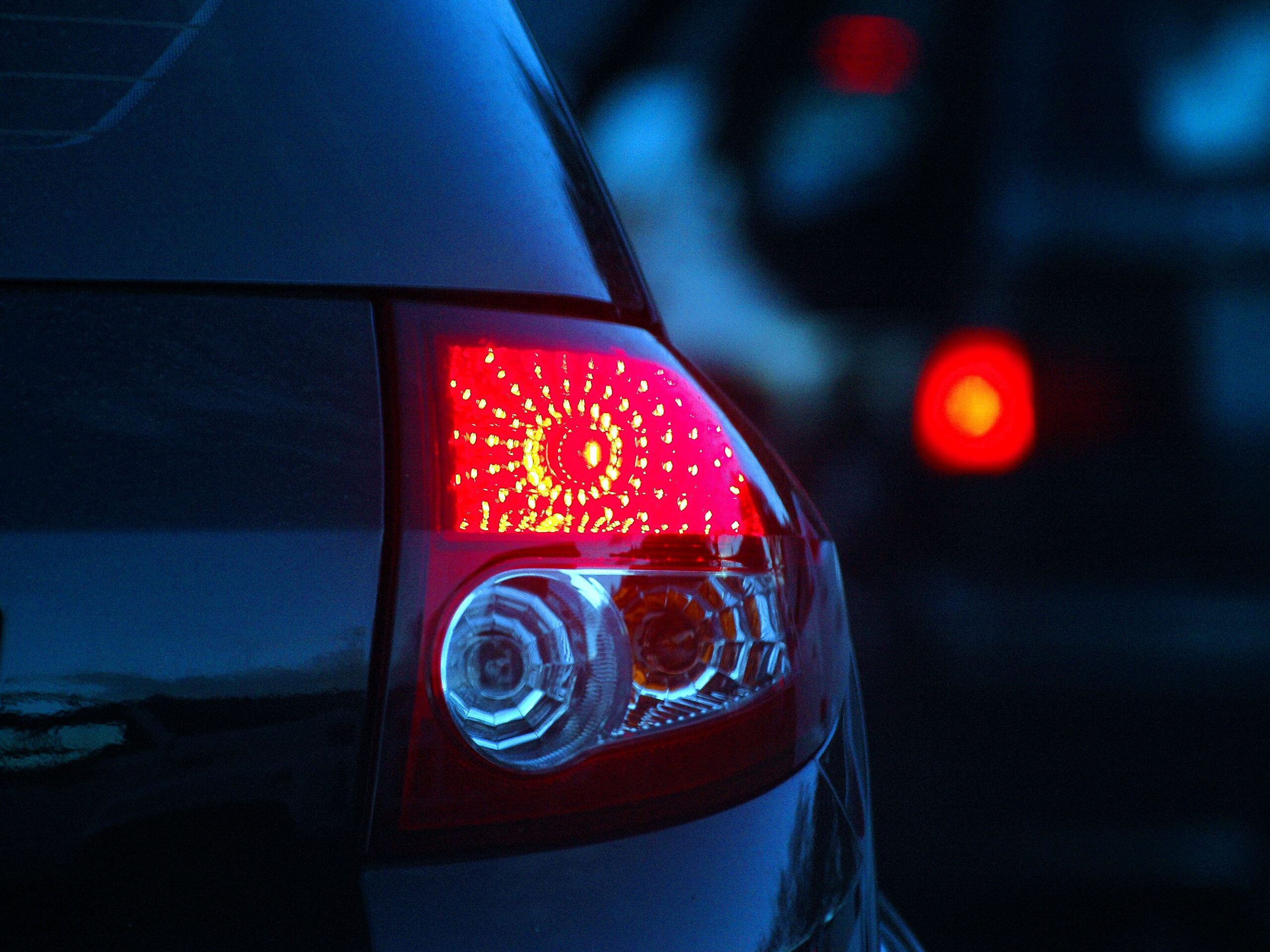What Does It Mean When The Brake Light Comes On?

Anxiety is brought on whenever your car’s dash warning light illuminates. The brake warning light is arguably more worrisome than the check engine light, which typically causes drivers to get anxious. You need to have your brakes inspected right away if you notice any problems with them because they keep you safe while driving.
The braking system uses a network of channels that are filled with hydraulic brake fluid to increase the force that your foot applies to the pedal. This increased force squeezes brake discs or engages a brake drum, turning kinetic energy into heat and slowing your car down.
Even though it’s doubtful that your brakes will be entirely out when the light comes on, it’s best to be safe than sorry. The dawn can come on for reasons ranging from benign to dangerous.
What triggers the braking light to illuminate?
Similar to how the check engine light turns on when there is an engine problem, the brake warning light comes on when there is a problem with the braking system. The light alerts the motorist to a problem, but further research is necessary to identify its root. Discover the most typical causes of a on brake warning light:
- The emergency brake remains engaged.
Each car has its own emergency braking system, but if a standard lever or pedal E-brake is not fully released, the brake warning light may activate. If the emergency brake is applied while you are driving, some contemporary cars will beep. Simply release the E-brake all the way to turn the light off.
2. Brake fluid is low
The master cylinder is mounted on top of the braking fluid reservoir. When the fluid level is too low, a sensor in the reservoir causes the brake warning light to illuminate. It is often located in front of the driver’s side of the vehicle. Low brake fluid is a sign of a system leak, which can reduce brake performance.
3. Failing a sensor
Sensors in a car’s braking system keep tabs on brake pad life, E-brake position, and fluid level. The warning light for the brakes may come on if a sensor fails. To verify whether the light is brought on by a failed sensor or a genuine problem with the brake system, a specialist will need to examine your car.
4. Life of brake pads
This issue is heavily influenced by the vehicle. Some automobiles contain sensors that keep track of the degree of brake pad wear. The brake warning light may turn on if the brake pads begin to wear out. The lights will be turned off by changing your pads.
5. ABS problems
Dedicated warning lights are frequently included in anti-lock braking systems (ABS). A brake warning light, however, can also be activated by issues with the ABS. A mechanic will need to read the codes from the on-board computer to identify an ABS problem.
What should I do if the brake light turned on while I was driving?
If you happen to be driving when the brake warning light initially illuminates, safely halt your vehicle in a secure location before turning it off. Your emergency brake should be checked first because it’s the simplest. Get out of the car and check the level of your brake fluid if the E-brake has been fully disengaged. If the reservoir is low on braking fluid, add more to it. If the light disappears, keep going and drive your car to a mechanic so they can check for fluid leaks.
Call a tow truck and get your car taken to a shop as soon as you can if the e-brake is released and the fluid level is normal. details from to ascertain the root of the issue, a computer and expert investigation are required.







